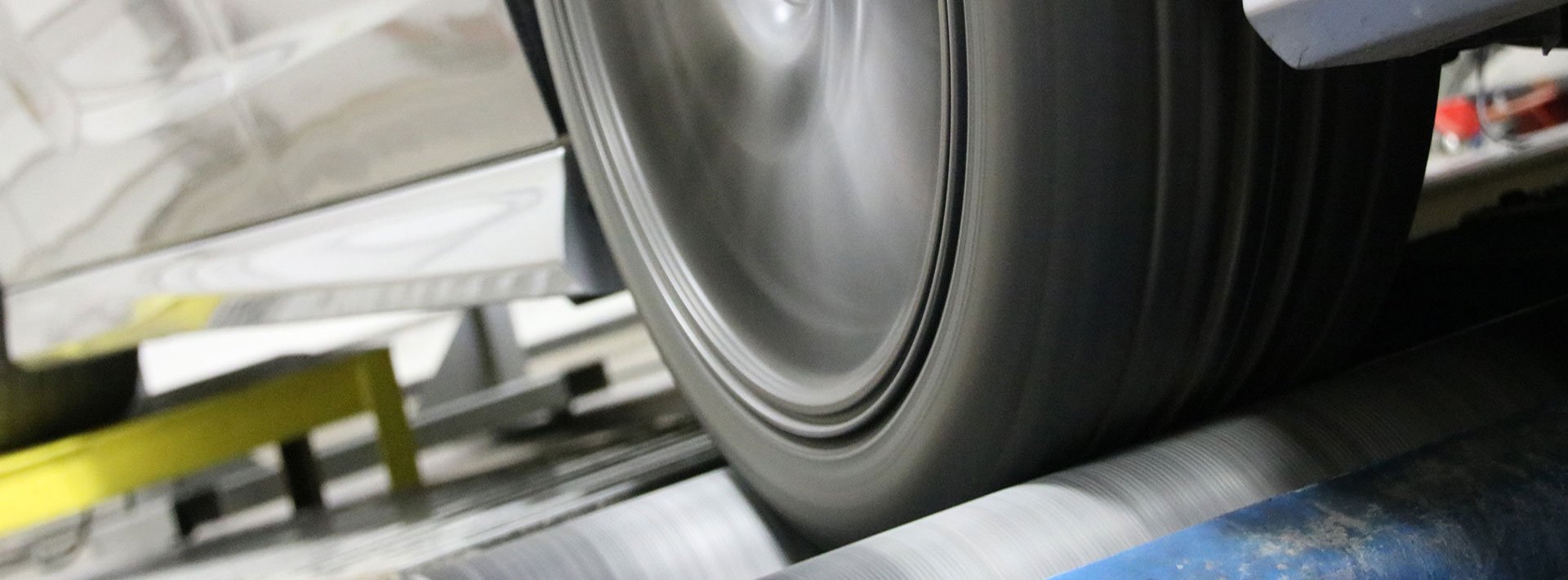JWL VIA Radial Fatigue Durability Testing of Wheels
The JWL VIA radial fatigue durability testing is a comprehensive and essential procedure that evaluates the integrity, stability, and reliability of automotive wheels under cyclic loading conditions. This test simulates real-world driving scenarios to ensure that wheel components can withstand the stresses they will encounter during use without failing.
Developed by the industry in collaboration with leading standards bodies such as ISO, ASTM, and SAE, this testing method is widely accepted and recognized for its accuracy and reliability. The test setup includes a radial fatigue tester equipped with precise sensors that monitor key parameters like force, displacement, and stress during each cycle.
The process begins with the careful selection and preparation of wheel specimens according to predefined standards. Once prepared, wheels are mounted on the testing machine and subjected to controlled cyclic loads designed to replicate the dynamic forces encountered in actual driving conditions. The test duration can vary based on specific client requirements but typically ranges from 10 million cycles up to several hundred million cycles depending upon the desired confidence level.
During each cycle, detailed data is collected including peak and mean stresses, strain rates, and any signs of damage or wear that could indicate potential failure modes. This information provides valuable insights into not only how well the wheel performs under load but also where improvements might be needed in design or manufacturing processes.
Compliance with international standards such as ISO 13908-2 ensures consistent quality across different markets and helps manufacturers meet regulatory requirements globally. By adhering to these stringent protocols, companies can demonstrate their commitment to producing safe, reliable products while ensuring competitive advantage in the marketplace.
The results of this testing are presented in a comprehensive report that includes both graphical representations and tabulated data for easy interpretation by stakeholders involved in product development or quality assurance processes. These reports serve as crucial documents when presenting findings at industry conferences or submitting applications for certification/licensing purposes.
Scope and Methodology
- Test Setup: The radial fatigue tester is calibrated to ensure accurate measurement of cyclic loading applied to the wheel specimens.
- Specimen Preparation: Wheels are prepared in accordance with relevant international standards, ensuring uniformity across all samples being tested.
- Data Collection: Continuous monitoring of key parameters allows for real-time assessment of performance throughout the test duration.
Why Choose This Test
Selecting JWL VIA radial fatigue durability testing offers several advantages over other forms of wheel evaluation. Firstly, it provides a more realistic simulation of actual driving conditions compared to static tests or simpler fatigue tests which may not fully capture the dynamic nature of vehicular use.
Secondly, this method allows for early detection of potential issues within the wheel structure before they become critical defects leading to costly recalls or safety concerns. Thirdly, compliance with international standards adds credibility and acceptance in various global markets enhancing marketability for automotive manufacturers.
International Acceptance and Recognition
- The JWL VIA radial fatigue durability test is widely accepted by major automotive manufacturers worldwide, including BMW, Ford, Toyota, Volkswagen, among others. Compliance with international standards such as ISO 13908-2 adds credibility and acceptance in various global markets.
- Many countries require adherence to these tests for certification purposes, making them an indispensable part of the quality assurance process for automotive components.





